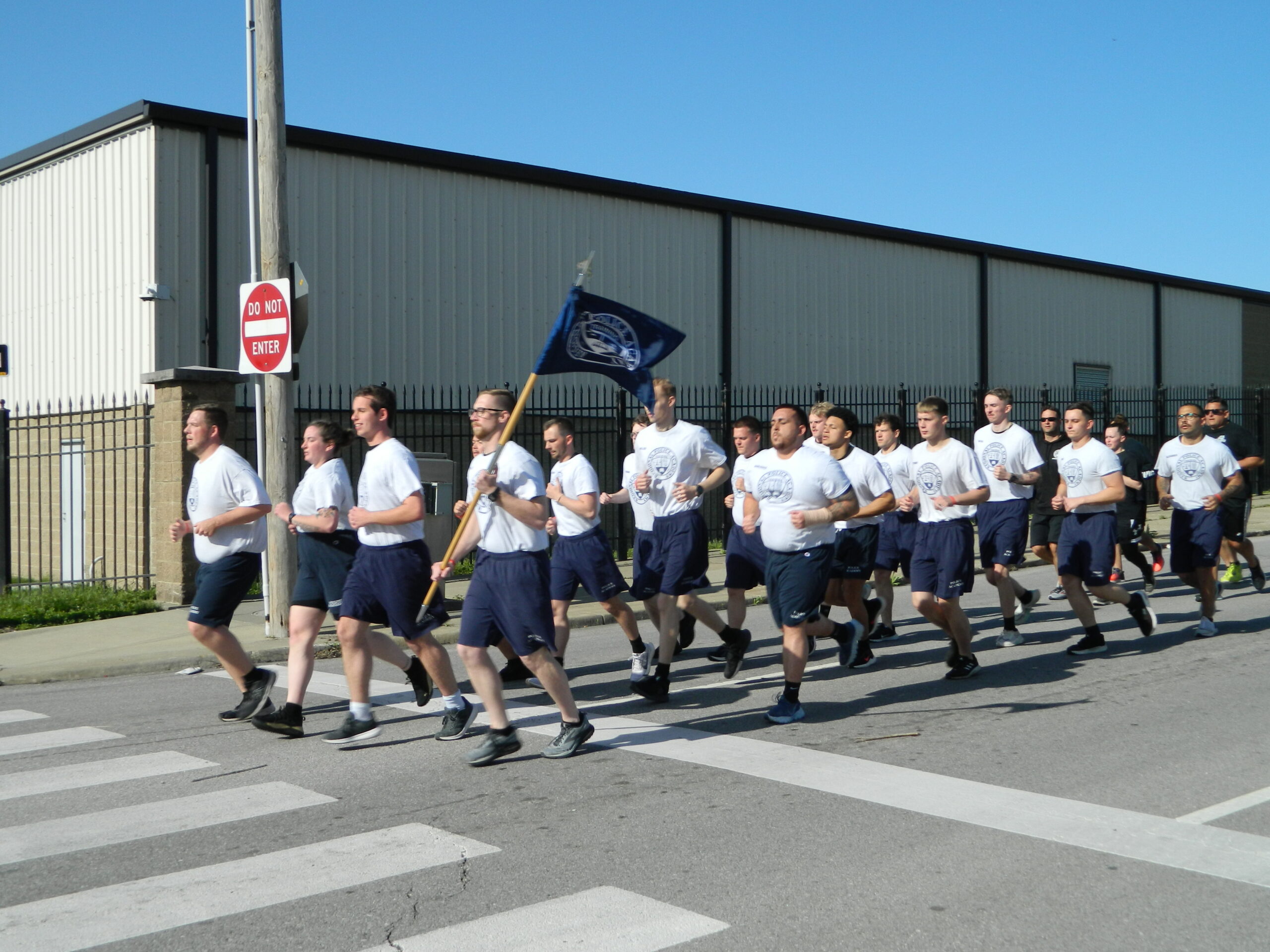Northeast News
Jan. 8, 2015
KANSAS CITY, Missouri — The Missouri Department of Transportation’s Motorist Assist operators have been operating a little more than usual lately.
According to a press release from MoDOT, vehicles sometimes aren’t prepared to function well during temperature extremes, so the Motorist Assist operators help when vehicles stall along Missouri highways. Last year 19,408 motorists were helped by Motorist Assist.
Kansas City’s Motorist Assist units patrol major Missouri interstates and highways, which are divided into five coverage areas called zones. Operators patrol these zones 24-hours-a-day, each day throughout the year. Motorist Assist units constantly patrol the zones and stop to check on vehicles that appear to be in trouble. They also receive aid from Kansas City Scout Traffic System operators who monitor cameras on the freeways also looking for stranded motorists, lane blockage or debris in the roadway.
You can reach Motorist Assist by dialing *55 on your cell phone, or 888-ASK MODOT. If you experience car trouble and don’t have a cell phone, don’t worry; the usual response time is about 20 minutes. Drivers can prevent most cold-weather related car problems by taking these steps:
- Check the air pressure of your tires. Tire pressure drops by one pound per 10 degrees of temperature, so that fully inflated tire you last checked during a blistering August day could now be dangerously low.
- Check your belts and hoses. Cold temperatures take a toll on rubber, and a broken belt or split hose can leave you stranded. Also check the coolant to be sure you have sufficient strength of antifreeze. A 50/50 mix is far better than 100 percent antifreeze.
- Check your battery’s strength. Also, check the cable connections and wash away any corrosion with a water and baking soda solution. And if your alternator is making a noise, it may have a bad bearing, which can quickly stop the charging system from working.
- Keep your tank as full as possible, and don’t let it get much below a quarter tank. Any moisture that can get into your fuel system has a nasty habit of finding a place to freeze and block the line. More gas in the tank means less opportunity for water vapor.
- Don’t drive off without first ensuring all windows are clear of snow, ice and frost. It is dangerous to drive without maximum visibility. Make sure your car’s defroster is doing the job before starting out, too. Windows can quickly frost over from the inside if your defroster isn’t functioning.
- Make sure your windshield wipers are fresh, not torn and streaking, and that your washer fluid is topped up and the washer sprays onto the windshield. Dirty windshields can be nearly blinding.


















